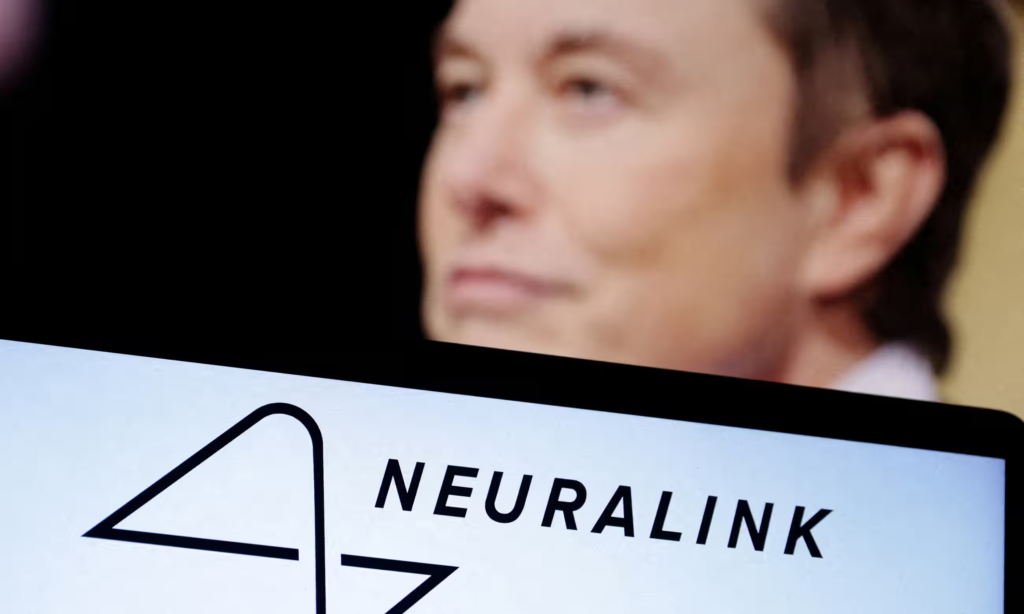
Elon Musk’s Neuralink took a significant step forward in brain-computer interface (BCI) technology this week. In a live-streamed event, the company showcased Noland Arbaugh, a patient implanted with their “Telepathy” device, playing chess using only his thoughts.
Neuralink, a company founded by Elon Musk, has shown the world its first success story. On Wednesday, they live-streamed a 29-year-old patient named Noland Arbaugh, who was paralyzed from the shoulders down due to a diving accident, playing online chess using only his mind.
Arbaugh had a special chip implanted in his brain by Neuralink back in January. This chip allows him to control a computer cursor or keyboard just by thinking. In the live stream, he played chess on his laptop, moving the cursor using the Neuralink device.
Speaking about his experience, Arbaugh said the surgery to implant the chip was easy, and he was out of the hospital the next day with no problems. Before the implant, he couldn’t play his favorite game, Civilization VI, but now he can play for hours.
Arbaugh himself emphasized the positive impact. “I had basically given up on playing chess,” he said. “Thanks to Neuralink, I was able to play for hours again.”

However, Arbaugh also mentioned that the technology isn’t perfect yet, and there are still some issues to work out. Kip Ludwig, an expert in neural engineering, said that while it’s not a breakthrough, it’s a good starting point. He emphasized that there’s still a lot to learn to make the technology better.
This success comes despite previous reports of problems at Neuralink, including issues with record keeping and quality controls for animal experiments. However, this latest achievement shows promise for the future of brain-computer interfaces. Neuralink did not respond then to questions about the FDA’s inspection.
The demonstration comes with some caveats. Arbaugh mentioned encountering occasional technical issues, and the technology is still under development. However, it offers a glimpse into a future where brain-computer interfaces can revolutionize how people with disabilities interact with the world.

